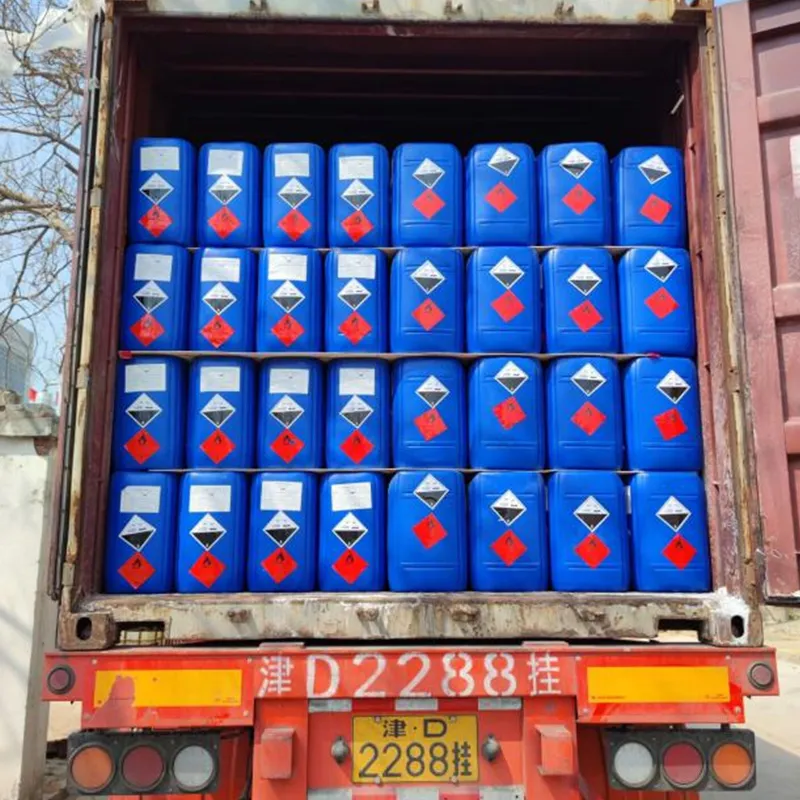
Understanding E150d Food Additive and Its Uses in Food Production
Understanding E150d The Caramel Color Additive
In the world of food additives, E150d stands out as a common ingredient that shapes the appearance and sometimes the flavor of a myriad of food products. E150d, also known as Caramel Color (Class IV), is a form of caramel that is produced by heating sugar in the presence of acids, alkalis, or salts. This process not only affects the color but can also impart a slightly bitter taste, which is why it's often used in small amounts.
E150d is widely used in the food industry, particularly in beverages like colas and other soft drinks, sauces, and baked goods. Its deep brown color enhances the visual appeal of these products, making them more attractive to consumers. With an increasing emphasis on aesthetics in food presentation, the role of color additives like E150d has become more significant in attracting consumer interest and driving sales.
The Production Process
The production of E150d involves a controlled heating process that caramelizes sugar. Unlike some simpler forms of caramel, E150d undergoes an additional step where it is treated with acids or alkalis, resulting in a darker and more intense color. This also means that E150d has unique properties compared to other caramel colorings, notably in its stability and resistance to heat and light. These characteristics make it a desirable choice for manufacturers who need a reliable color additive that won't deteriorate during processing or storage.
Safety and Regulations
E150d has been evaluated by various food safety authorities, including the European Food Safety Authority (EFSA) and the U.S. Food and Drug Administration (FDA). These organizations have established safety guidelines to ensure that consumers are not exposed to harmful levels of food additives. According to the FDA, E150d is generally recognized as safe (GRAS) when consumed in typical amounts found in food products.
e150d food additive

However, as with all additives, there are ongoing discussions about the potential health effects of consumption over long periods. Some studies focus on the possibility of certain caramel colorings containing compounds that may pose risks, especially when consumed in large quantities. Therefore, monitoring consumption and adhering to recommended guidelines is key.
Consumer Awareness and Transparency
As consumers become more health-conscious and aware of what goes into their food, there is an increasing demand for transparency. This has led to food manufacturers providing more information about their ingredients, including food additives like E150d. Labels are now more likely to include not just the presence of E150d but also details about its source and safety.
Interestingly, the clean-label movement is prompting some companies to explore natural colorings as alternatives to artificial additives like E150d. While such alternatives may appeal to a segment of the market, E150d remains a staple in many processed foods due to its effectiveness and cost-efficiency. The challenge for manufacturers is finding the right balance between consumer preferences and maintaining product quality.
Conclusion
E150d, while often overlooked, plays a vital role in food production by providing a consistent color that consumers expect in their favorite products. Although it is considered safe by major regulatory bodies, ongoing research and consumer advocacy highlight the importance of food transparency. As the food industry continues to evolve, the conversation surrounding additives will remain relevant, and it is crucial for manufacturers to stay informed and responsive to consumer demands.
In a world where aesthetics can influence purchasing decisions, understanding the role of additives like E150d allows consumers to make informed choices about their food. With shifts towards natural ingredients and increased scrutiny of processed foods, the future of food additives continues to be a topic of interest worth exploring.
-
What Is a Food Additive? Global Insights, Applications & Future TrendsNewsNov.24,2025
-
968 Sweetener: The Modern Solution for Health-Conscious SweeteningNewsNov.23,2025
-
Discover the Benefits and Uses of 965 Sweetener (Erythritol) | Tenger ChemicalNewsNov.23,2025
-
961 Sweetener - A Next-Gen Sugar Alternative for Health and IndustryNewsNov.23,2025
-
Understanding 960 Sweetener: The Modern Sugar Alternative for Health and IndustryNewsNov.22,2025
-
Everything You Need to Know About 955 950 Sweeteners – Benefits, Uses, and TrendsNewsNov.22,2025
-
953 Sweetener: Global Insights, Applications, and Future TrendsNewsNov.21,2025
Hebei Tenger Chemical Technology Co., Ltd. focuses on the chemical industry and is committed to the export service of chemical raw materials.
-

view more DiethanolisopropanolamineIn the ever-growing field of chemical solutions, diethanolisopropanolamine (DEIPA) stands out as a versatile and important compound. Due to its unique chemical structure and properties, DEIPA is of interest to various industries including construction, personal care, and agriculture. -

view more TriisopropanolamineTriisopropanolamine (TIPA) alkanol amine substance, is a kind of alcohol amine compound with amino and alcohol hydroxyl, and because of its molecules contains both amino and hydroxyl. -

view more Tetramethyl Thiuram DisulfideTetramethyl thiuram disulfide, also known as TMTD, is a white to light-yellow powder with a distinct sulfur-like odor. It is soluble in organic solvents such as benzene, acetone, and ethyl acetate, making it highly versatile for use in different formulations. TMTD is known for its excellent vulcanization acceleration properties, which makes it a key ingredient in the production of rubber products. Additionally, it acts as an effective fungicide and bactericide, making it valuable in agricultural applications. Its high purity and stability ensure consistent performance, making it a preferred choice for manufacturers across various industries.





